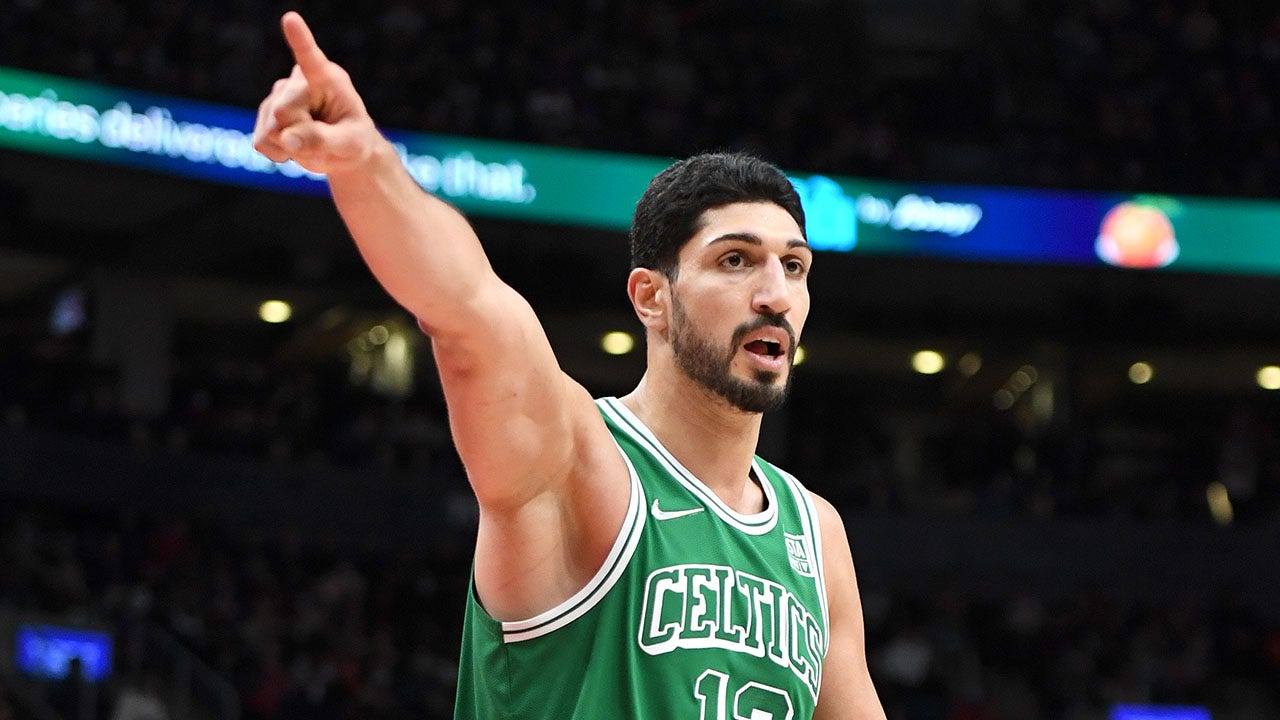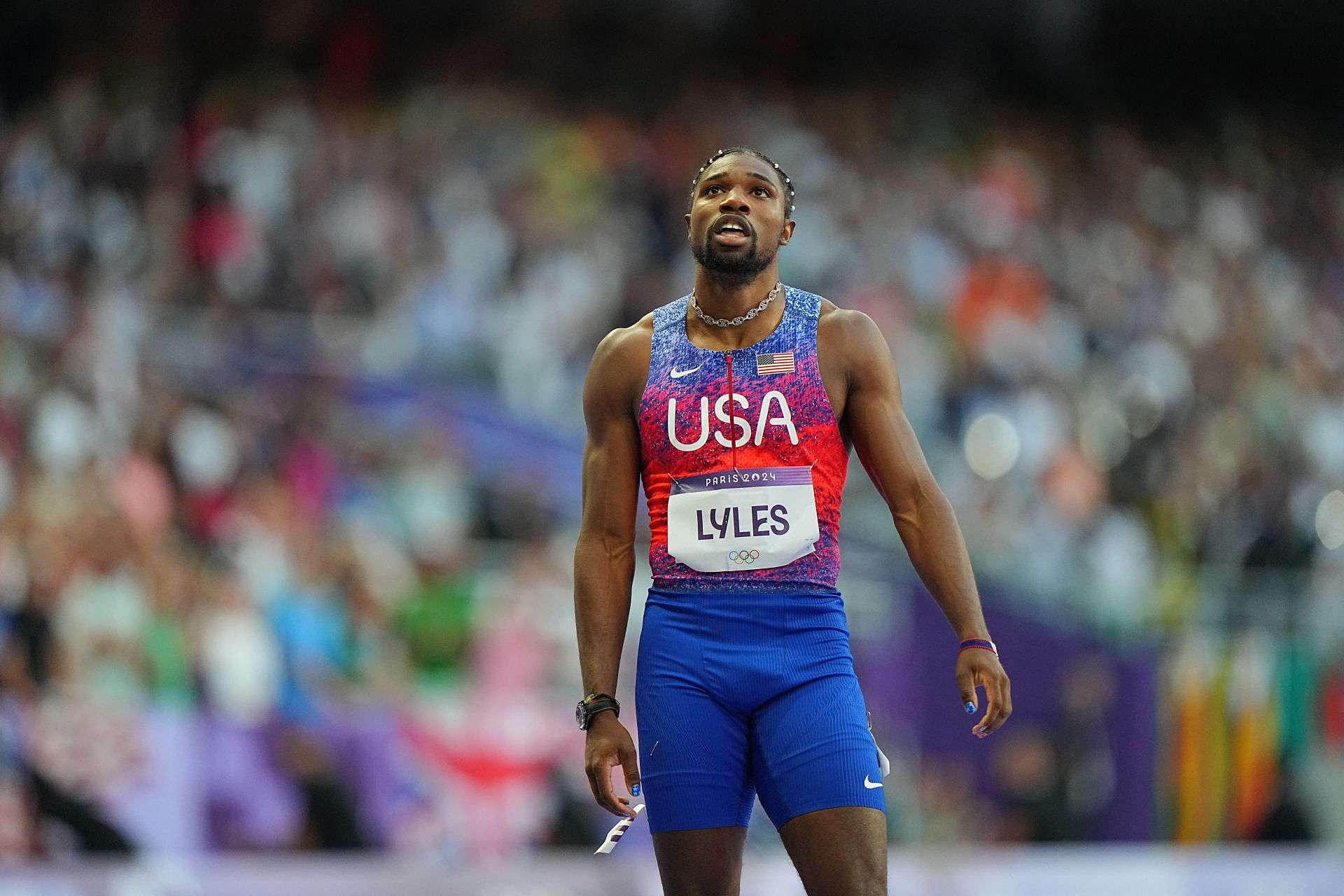Is US men’s basketball’s era of Olympic domination coming to an end?

The 2024 Olympic Games are shaping up to be the most competitive international men’s basketball tournament of all time, with powerhouse nations like Canada, Australia, Spain, France, Germany and Serbia loading up on talent as they aim to take down the juggernaut Team USA.
The American men have won gold at each of the last four Olympics and have assembled “The Avengers” in hopes of doing so again. Led by LeBron James and Stephen Curry, Team USA is packed with NBA All-Stars being coached by NBA champions. But unlike many other teams they will face at the Olympics, this American roster had not played together until a series of warmup games in the last few weeks. And despite their significant talent advantage, they will have less time than any other team to come together, put their NBA habits aside, and play Fiba basketball, which has different rules such as smaller courts and shorter games, as a unit.
Meanwhile, the rest of the basketball world is closing the gap. And it’s only a matter of time before an upset exposes the flawed process behind USA Basketball’s otherworldly talent.
“We’re just seeing more and more NBA players [from other nations at the Olympics],” Team USA head coach Steve Kerr told the Guardian. “And what all these teams have now is more and more talent to go with the continuity that they have with these guys playing every summer, whereas our teams tended to change.
“So, the challenge for us is really to come together as a team quickly because we’re not used to playing together, and embrace the challenge that these other teams are getting better and better every year.”
Unlike other basketball nations, where players grow up together in the same ecosystem, playing for the same youth clubs and graduating to the same pro teams while regularly representing their nation in international competition, American basketball is splintered. Due to the country’s geography and the nature of youth basketball in the US, the best young Americans rarely play with each other and have a limited understanding of international basketball, often prioritizing youth tournaments or college visits over the national team.
“It always is a challenge when you’re trying to build a team quickly and in specific, develop the continuity, the trust, the connectivity,” USA’s assistant coach, Erik Spoelstra, says. “Thankfully, we’ve had a program that’s been built now for the last 20 years, where a lot of the players have already been in the program – and that matters.”
At the 2004 Olympics in Athens, the US won bronze, marking the first time an American team composed of NBA players failed to win gold at the Games. That’s when former program director Jerry Colangelo and head coach Mike Krzyzewski asked players to honor a three-year commitment to the national team, resulting in the Redeem Team that won gold at the 2008 Games.
However, when Grant Hill took over the program in 2021, he took a different approach, no longer requiring athletes to make a multi-year commitment to play in the Olympics. It was a sign of the times, with star players wielding more power than ever before while also being cognisant of their bodies in the era of load management.
So, while it’s true that many of this US Olympic team played for their country at youth level – and that players such as James and Kevin Durant are multiple-time Olympic gold medalists – their continuity pales in comparison to other teams. After all, just two of the US roster for Paris were on last summer’s World Cup team, while Curry hasn’t played internationally since 2014 and the recently naturalized US citizen, Joel Embiid, has never played an international game in his life.
Meanwhile, the core players for Spain, Serbia, Australia and France have been together for almost a decade, while Germany and Canada requested three-year commitments from their NBA-filled rosters in the years leading up to Paris 2024.
“Teams have been together for the last six to seven years it felt like,” Durant says. “A lot of these guys have played together at amateur programs up until they are pros. And that’s not the kind of formula we have here in the United States. But we got athleticism, length, size, IQ, and you put that all on the floor with great coaching, you know, I think the chemistry will build pretty fast.”
Team USA won their five Olympic warmup games despite having less practice time than any of their opponents and being without an injured Durant, their all-time leading scorer. However, they trailed for most of the game against the 33rd ranked country in the world, South Sudan, scraping by with a 101-100 win after James hit a late game-winner. They needed another bout of James heroics to see off Germany, although that was less jarring as the Germans are the reigning World Cup champions. Of course, this version of Team USA has all the talent, versatility and depth they need to win gold in Paris, with perhaps the greatest collection of athletes since the 1992 Dream Team. But their best players are getting older, with Embiid admitting that “the talent that’s on the US team, you also got to understand most of those guys are older. The LeBron now is not the LeBron that was a couple of years ago. I think people get fooled by the names on paper. But those names have been built throughout their career, and now they’re older. They’re not what they used to be.”
To Embiid’s point, the single biggest issue facing USA Basketball’s future is the lack of young American superstars. After coasting on the backs of generational players like James, who will turn 40 in December, Durant and Curry – who are in their mid-30s and will have aged out of the program by LA 2028 – Team USA have few clear cut replacements to lead future teams. Of course, the goal is to pass the torch to carryovers like Anthony Edwards, Devin Booker and Tyrese Haliburton, who will probably be joined by players like Chet Holmgren, Paolo Banchero and Cooper Flagg. But how many of those players project to be generational stars? After all, the last American-raised MVP was James Harden in 2017-18, and the top-four NBA MVP vote-getters from last season were all international players.
With a lack of obvious replacements, USA Basketball would be wise to develop a long-term development system that merges continuity with talent like the rest of the world. Instead, they built this Olympic roster by forgoing tryouts and selecting who they believe to be the 12 best-fitting players for the competition, going so far as to create a marketing spectacle out of it. However, that plan has already proven faulty, with Kawhi Leonard being replaced by Derrick White a few days into training camp.
after newsletter promotion
That’s not the only questionable roster decision USA Basketball has made in recent years. Last summer’s World Cup squad featured Utah Jazz rookie Walker Kessler at center, who struggled so much that he became perhaps the first player to go from Team USA to NBA Summer League a year later. And the same goes for the previous World Cup, where Team USA was left with a second-rate roster after many of their best players withdrew from the competition before training camp.
Part of the problem is that Americans no longer see the upside in representing their country outside of the Olympics, where they are expected to win but are criticized if they don’t. And, according to reigning NBA Final MVP Jaylen Brown, the other problem with the federation’s roster-building has to do with shoe company politics. Brown argued that he was left off the Olympic roster because he is not signed to Nike – the major corporate sponsor behind USA Basketball.
But whether it’s shoe company politics, a lack of interest or tryouts, or limited games under Fiba rules, the cracks in USA Basketball’s superteam model are starting to show. After winning gold at the 2010 and 2014 World Cups in a run that included a 58-game winning streak in Fiba and Olympic competition, Team USA finished seventh in 2019 and the fourth in 2023. They also finished behind Canada in Americas qualification for the last two World Cups and have only won the Fiba AmeriCup once since 2007.
“The biggest talents are not just in the US” Canada’s Lu Dort says of his experience playing international basketball. “There’s guys from all over the world that can compete and play this game.”
Shai Gilgeous-Alexander, an NBA All-Star and Canada’s best player, agrees. “The world is becoming really good at basketball, basketball is becoming a bigger sport,” he says. “It’s what the game deserves. It’s an amazing game. We all love it. That’s why it’s going where it’s going.”
International basketball is growing and, as a result, the gap between the US and the field is shrinking. Countries like Canada and Australia are pairing NBA rosters with Fiba experience, Greece and Serbia have two of the best players in the world, while France have a youth movement led by Victor Wembanyama, who looks destined to be the best player in the world in the next few years. Meanwhile, America’s talent pool isn’t what it once was in comparison to the rest of the world – a result of the lackluster developmental infrastructure of youth basketball in the US compared to the club systems succeeding throughout Europe, who emphasize ball-movement from a young age instead of force-feeding their best players.
The US has reigned supreme over basketball since the sport’s invention. But it won’t go on for ever. Sure, the States will continue to produce the most NBA players due to its population and resources. But it’s only a matter of time before Team USA suffers an upset similar to the one in Athens in 2004. And because the federation continues to select a brand new superteam every four years instead of adopting a more sustainable team-building model, that upset could happen as soon as this summer.
“People have an appropriate fear of us, you know? They give us respect without giving us any respect,” Team USA forward Bam Adebeyo says. “[Regardless of] how everybody else feels, you gotta go out there and win. You can’t just win the game on paper.”
Related
Enes Kanter Freedom sounds alarm on China’s ‘war’ warning: ‘Wake…
Former NBA player Enes Kanter Freedom warned the U.S. on Wednesday after China vowed to "fight till the end" against President Donald Trump’s tariffs.The Chi
The Athletic’s women’s college basketball All-America team
(Correction: An earlier version of this article included an incorrect order on our All-America teams. Paige Bueckers is a member of The Athletic’s All-America
“It was American NBA players”- Noah Lyles opens up about…
Noah Lyles opened up about receiving backlash after his comments about NBA Champions. The Olympic gold medalist revealed that the NBA players, who
NBA and NBA G League Player Ambassadors urge fans to…
American Heart Association and NBA/G League players team up to boost CPR readiness during American Heart Month













